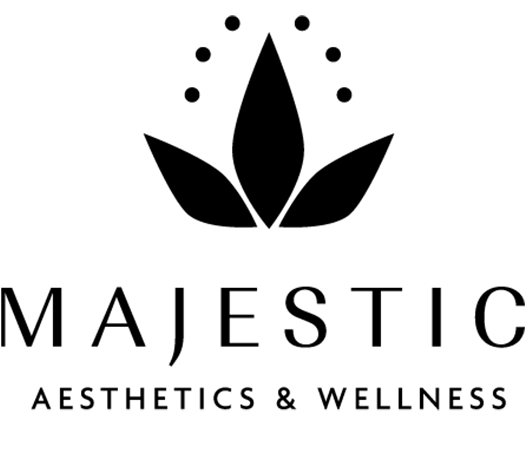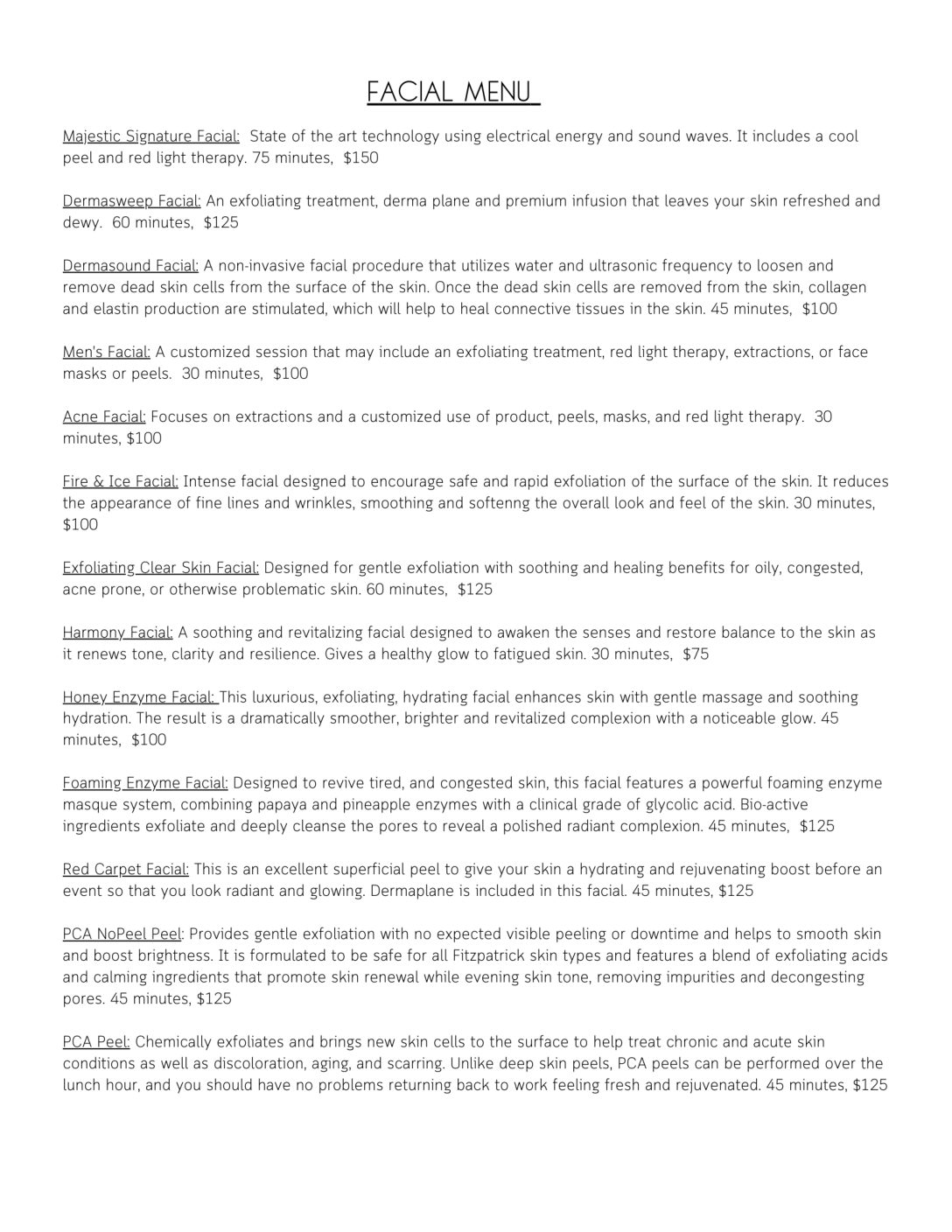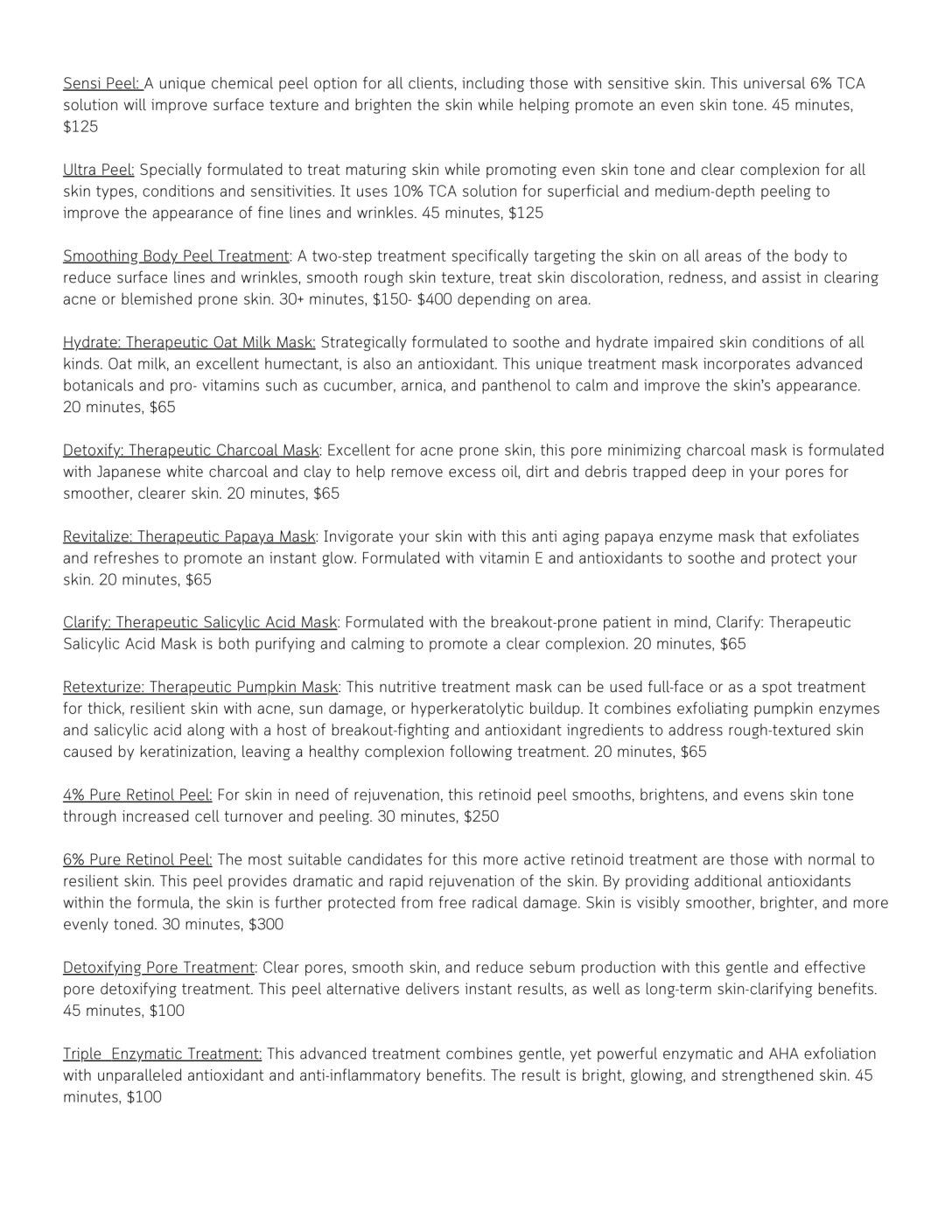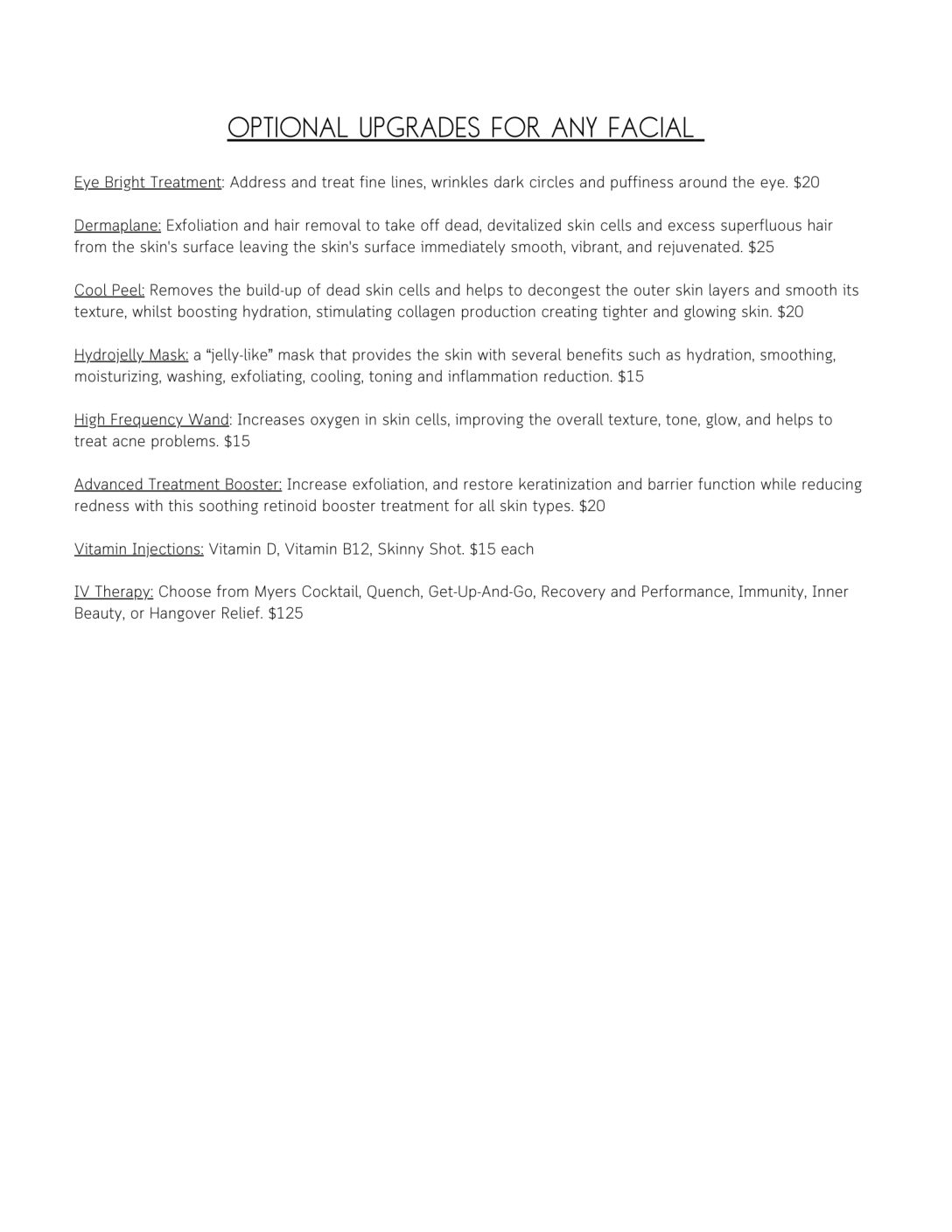Platelet Rich Fibrin (PRF) is an advanced form of platelet concentrate extracted from a patient’s own blood. It is richer in platelets, leukocytes, and fibrin compared to traditional PRP. The process involves:
Extraction and Preparation: Similar to PRP, a small blood sample is drawn from the patient. The blood is then centrifuged at lower speeds, differing from PRP’s processing.
Formation of Fibrin Matrix: This slower centrifugation creates a fibrin matrix that encapsulates a high concentration of platelets, white blood cells, and growth factors.
Applications: PRF is used in various fields, including dental surgery, wound healing, orthopedics, and aesthetic procedures, leveraging its enhanced regenerative properties.
Natural Healing and Regeneration: The fibrin matrix in PRF provides a sustained release of growth factors, promoting natural and effective healing and tissue regeneration.
Advantages: PRF is considered highly effective due to the slower release of growth factors and the presence of leukocytes, aiding in more efficient healing processes.







